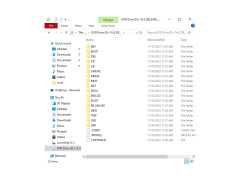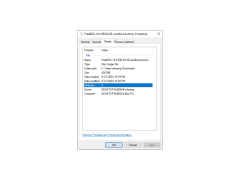FreeBSD is one of the most reliable operating systems (OS) for monitoring and managing web servers, routers, routers, and other network devices. It supports virtualization engine, provides the ability to create isolated spaces, ensures uninterrupted operation of network frameworks (netgraph/geom), and includes a convenient kernel debugger and several built-in firewalls. In addition, it is adapted to work with network cards from Ralink, Atheros, Zydas and Intel. It is worth mentioning that this operating system is mainly focused on experienced users and administrators who are well versed in network technologies and are able to find and install drivers for their own equipment.
Like any Unix-like operating system, FreeBSD allows you to install a graphical interface (KDE, GNOME, Lumina, Mate, etc.) for easy file and directory management. In turn, most users prefer not to use a desktop environment to improve the performance of the entire system, but rather to use a standard tcsh shell. At the same time, a console terminal is quite enough to perform heterogeneous tasks. Installation of programs and utilities is done through binary packages or a collection of ports. Operating systems with an installed interface and embedded applications generally resemble popular Linux distributions.
FreeBSD ensures reliable, uninterrupted operation of network frameworks and allows for efficient management of web servers.
There are a large number of free derivative systems that have been created on FreeBSD. Most of them, like the’parent, are designed to’work with the server’equipment, but there’are’also distributions for home users.
- support for ARM, PowerPC, x86-64, AARCH64 and SPARC64 devices;
- a powerful memory manager with support for parallel computing;
- The function of creating status snapshots or snapshots of the file system;
- SCTP protocol support;
- ability to work with ZFS / UFS 2 file systems;
- the built-in Microsoft Hyper-V driver;
- IPv6 support;
- the ability to encrypt disks;
- Asynchronous file I/O (AIO) function.
PROS
Features advanced networking and security features.
Allows full control with source code access.
CONS
Lacks certain modern user-friendly features.
Requires extensive technical knowledge for optimal use.








